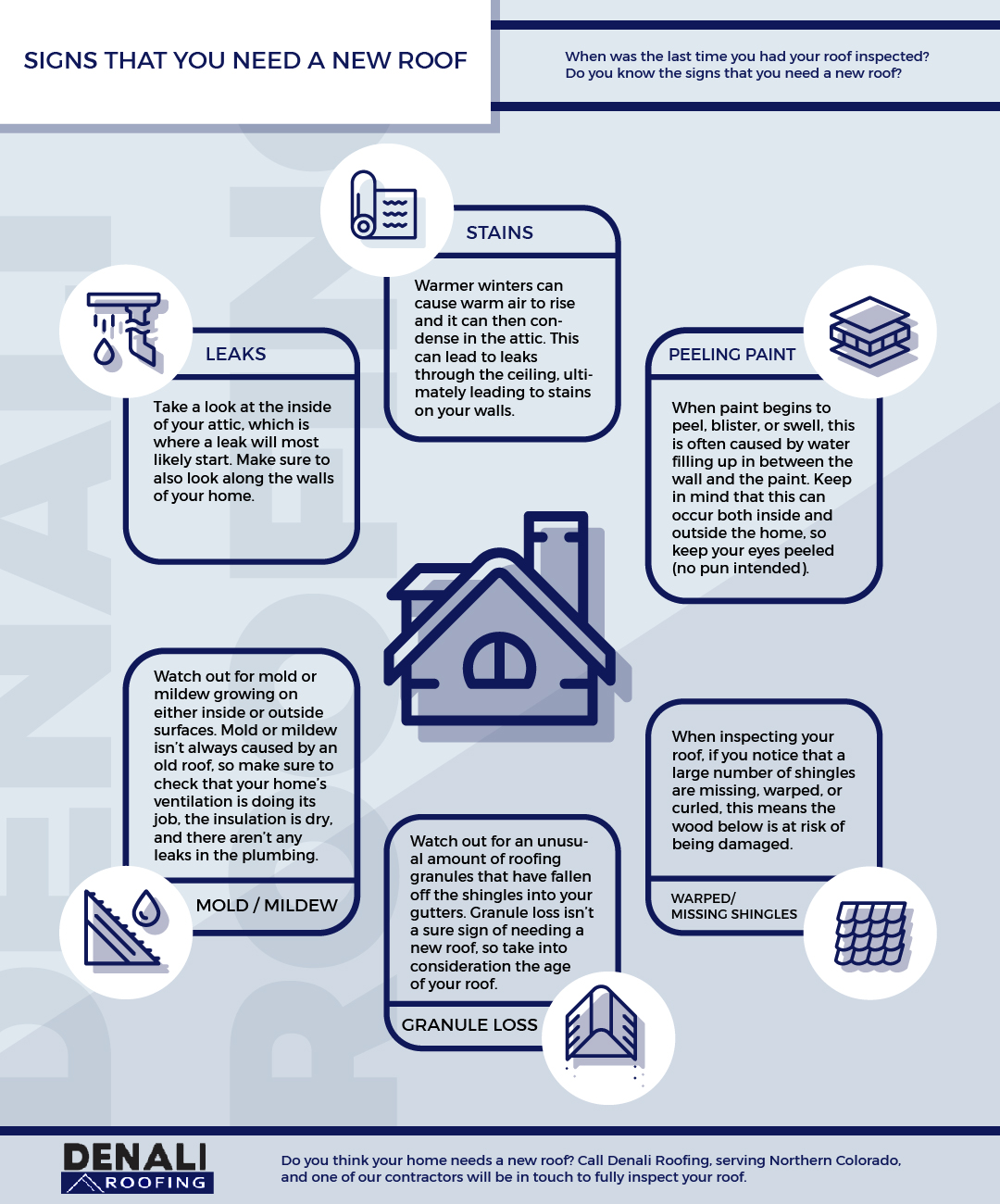Common Pitfalls In Roof Installation And Ways To Sidestep Them
Common Pitfalls In Roof Installation And Ways To Sidestep Them
Blog Article
Content Composed By-Adamsen Damborg
When you're planning a roof installment, it's simple to neglect critical information that can bring about substantial problems down the line. You could be lured to cut edges on product choice or skip proper flashing setup, however these usual errors can bring about expensive repairs later on. Comprehending the relevance of air flow and adhering to neighborhood building ordinance is necessary for a successful project. So, what are the vital actions you should require to ensure your roof covering stands the test of time? Let's check out some effective strategies to prevent these pitfalls.
Poor Product Option
When it concerns roofing system installment, selecting the incorrect materials can cause costly issues down the line. You may assume that any kind of roofing material will do, however that's a typical mistaken belief. It's essential to select products that fit your regional environment and the specific requirements of your home.
For example, if you reside in a location with heavy rain or snow, opting for asphalt tiles may not be the best choice. Instead, consider even more resilient options like steel or slate.
Additionally, take note of the high quality of the products you're taking into consideration. Inexpensive products might conserve you cash upfront, but they commonly lack durability and can cause regular repair work or substitutes.
You should also think about the design of your home and ensure the materials you select will maintain its aesthetic appeal.
Finally, kitchen remodeling san antonio, tx fail to remember to consult with professionals. They can provide important understandings and advise materials that comply with neighborhood building regulations.
Spending small remodeling contractors near me in appropriate material selection currently can help you avoid headaches and expenses in the future, making your roof covering task a success.
Inadequate Flashing Installation
Choosing the appropriate products isn't the only element that can result in roof troubles; insufficient blinking setup can additionally develop significant issues. Flashing is vital for routing water far from prone areas, such as chimneys, skylights, and roofing system valleys. If it's not installed appropriately, you risk water intrusion, which can cause mold growth and structural damage.
When you mount flashing, ensure it's the ideal type for your roof's design and the local environment. As an example, metal flashing is commonly extra sturdy than plastic in areas with heavy rainfall or snow. Make sure the flashing overlaps suitably and is protected firmly to avoid gaps where water can leak with.
You must also pay attention to the installation angle. Flashing should be positioned to guide water away from the house, not towards it.
If you're unsure concerning the setup process or the materials required, speak with a specialist. Web Site can help identify the most effective flashing options and guarantee every little thing is installed correctly, securing your home from possible water damage.
Taking these actions can save you time, money, and headaches in the future.
Neglecting Ventilation Demands
While many homeowners concentrate on the visual and structural elements of roof covering installation, overlooking ventilation requirements can lead to serious lasting effects. Appropriate ventilation is vital for managing temperature and dampness levels in your attic, preventing concerns like mold growth, timber rot, and ice dams. If you don't mount sufficient ventilation, you're establishing your roof covering up for failure.
To prevent this mistake, first, assess your home's details air flow needs. A balanced system commonly consists of both intake and exhaust vents to promote airflow. Ensure you have actually set up soffit vents along the eaves and ridge vents at the top of your roofing system. This mix allows hot air to leave while cooler air gets in, maintaining your attic room space comfy.
Additionally, consider the kind of roof covering product you have actually picked. Some materials might call for additional air flow strategies. Double-check your local building codes for air flow standards, as they can differ significantly.
Lastly, do not fail to remember to inspect your air flow system on a regular basis. Blockages from debris or insulation can restrain air movement, so maintain those vents clear.
Final thought
Finally, avoiding common roof installation blunders is essential to ensuring your roof's longevity and efficiency. By picking the best products for your environment, setting up flashing correctly, and resolving ventilation requirements, you can prevent costly concerns down the road. Do not neglect to acquaint yourself with regional building ordinance and timetable regular assessments. With these steps, you'll take pleasure in a risk-free, long lasting roof that secures your home for many years ahead. Happy roofing!
